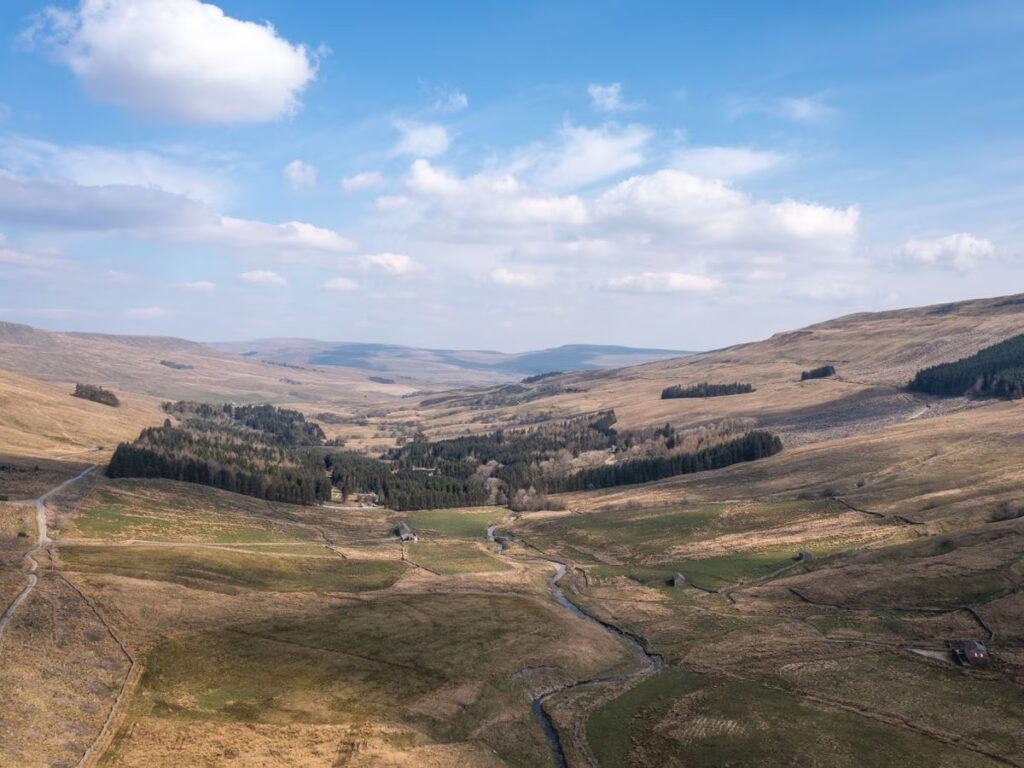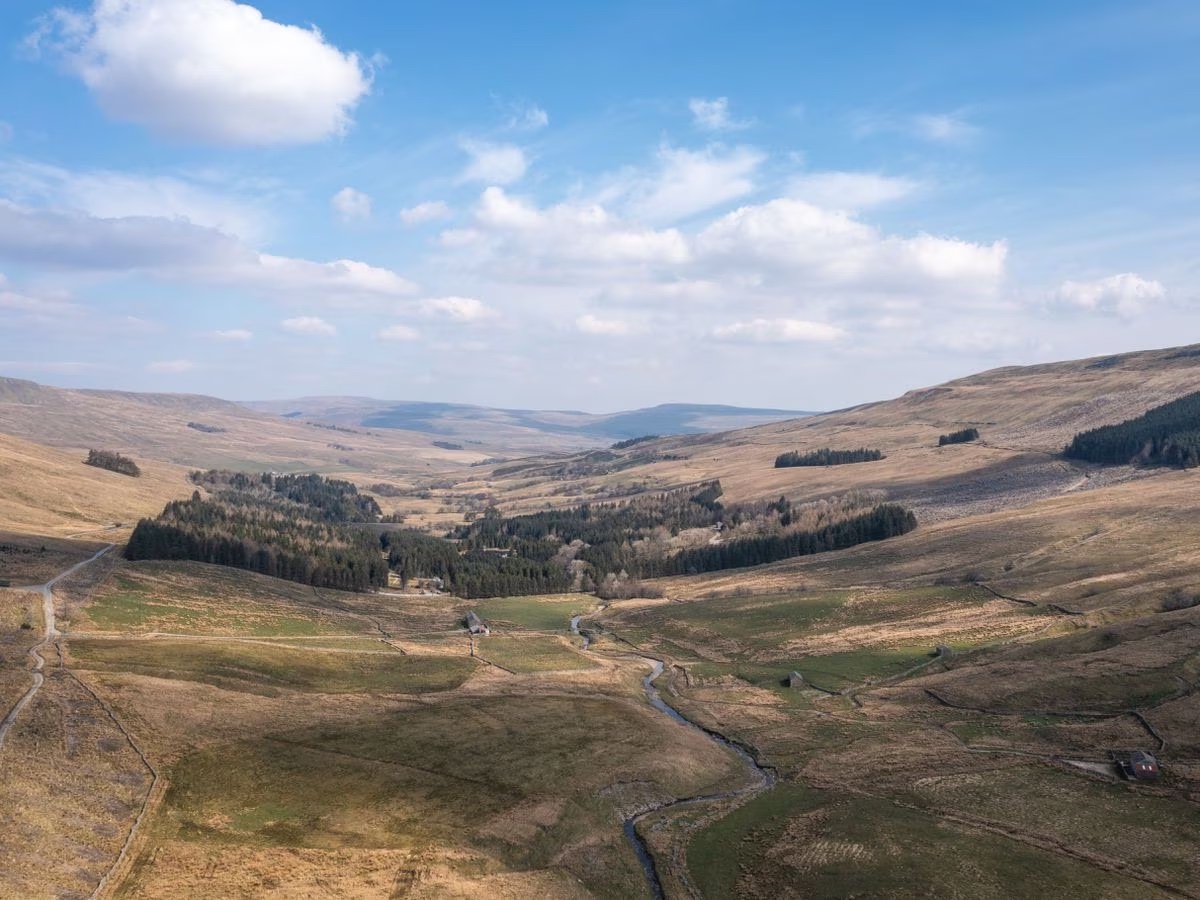There are plans from conservationists to restore a giant woodland in Yorkshire. There hopes are to restore what was an ancient glacial woodland which would have covered the area, before we destroyed it.
The site which has been chosen, a 561-hectare valley around Snaizeholme, near the town of Hawes, is now almost completely barren.
The Woodland Trust is aiming to plant 291 hectares with saplings, creating the largest continuous native woodland in England, and protecting local red squirrels.
The first of 100,000 trees will go in the ground this weekend in phase one of the scheme. More trees than needed will be planted as not all will survive in the windswept, rainy upland valley.

The Trust has been fundraising to buy the area and save the depleted land, whose “stark” conditions are “repeated” across the broader area.
Total tree cover in the Yorkshire Dales National Park is now less than 5%, with ancient woodland – the best type for wildlife – making up just 1% of that cover.
Al Nash, who is spearheading the project for the Woodland Trust, said: “I love the Dales but the one thing it lacks in many areas is an abundance of trees.”
They plan to give nature a “big boost… creating a vibrant mosaic of habitats and a rare opportunity to create a sizeable wildlife haven for the north of England”.
“Woodland birds will have a home here for the first time in centuries, and open scrub woodland should benefit endangered species like the black grouse.”
It will also help tackle climate change, he said. “The work we do here will restore an entire ecosystem, lock away carbon for years to come, and help improve water quality”.
Now the charity needs your help, its trying to raise £8m to restor the woodlands, offering habitat for threatened species such as black grouse and woodland birds. This project will take decades to see the benefits, but we have to start somewhere.
There are other benefits though which we will get sooner, trees slow the flow of water on hillsides which reduce the risk of flooding, but also create wetland environments giving space for kingfishers, others and other animals a home.
The red squirrel is endangered in the UK will be helped. The plan is to plant trees next to existing ancient woodland to expand the woods and increase the size of the squirrels home.
Existing dry stone walls currently in place will be maintained to offer shelter for small mammals and lizards, the trust said.
Planted trees will be mostly native broadleaved species such as alder, silver birch, downy birch, willow, aspen, rowan, hawthorn and blackthorn, with montane species on the higher slopes.
The Woodland Trust says its “complex planting project” has been “very carefully planned”. It is using different tree varieties to suit different conditions, with higher densities in tougher areas to ensure enough survive.
The Trust hopes the new forest in Yorkshire will eventually surpass in size the current largest continuous woodland, another of its sites in Heartwood in Hertfordshire.
Andy Halliday is a passionate outdoor enthusiast and an avid camper. He has been exploring the wilderness and camping in the great outdoors for over two decades, and his experiences have inspired him to write about the joys of camping and the beauty of nature.
As a camping enthusiast, he believes that spending time in the wilderness is not just a way to escape the daily grind, but also a way to connect with nature and gain a deeper appreciation for the natural world. Andy has camped in various locations across the country and on two different continents. He has a wealth of knowledge and experience to share with fellow campers.
Through his writing, he hopes to inspire you to venture out into the wilderness and experience the beauty and serenity of camping. Andy articles and guides provide useful tips, advice, and insights on everything from selecting the right gear and equipment to finding the best campsites and hiking trails.





